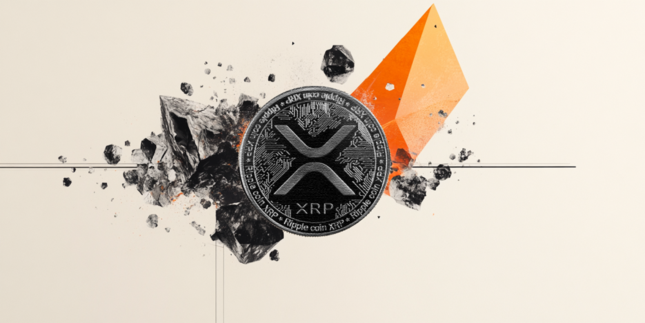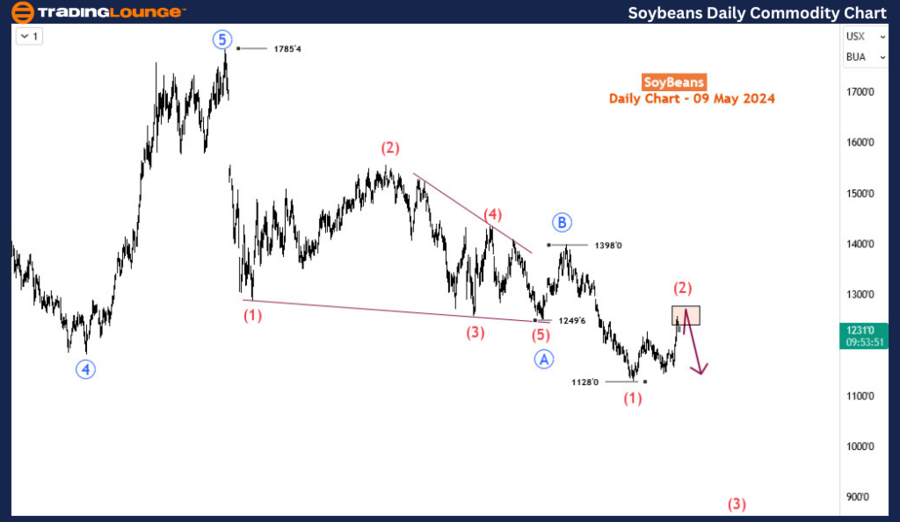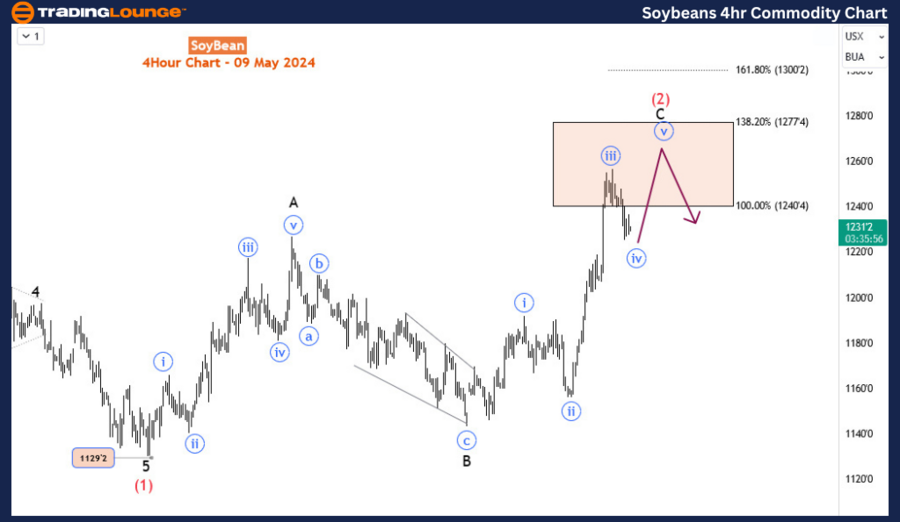Soybeans Elliott Wave analysis
Function - Trend.
Mode - Impulse.
Structure - Double Zigzag for (2).
Position - Wave 2 of (5).
Direction - Wave 3 of (5).
Details - More leg higher in the zone is expected to complete wave C of (2). Wave (3) could start from there downwards. However, invalidation for wave (2) remains at 1327’4.
Soybean has staged an impressive rebound, surging by over 9% since hitting its low in March 2024. However, this upswing is likely corrective, indicating that the bearish corrective phase stemming from the high in June 2022 is poised to persist, pressuring prices downward in the weeks ahead. The pivotal point to watch is whether it remains below the November 2023 high of 1398; breaching this level could signal an end to the bearish corrective cycle. Long-term buyers may need to exercise patience as the ultimate low has yet to be attained. This analysis delves into potential opportunities for selling the commodity.
Examining the daily chart, it's evident that a prolonged bearish correction commenced in June 2022. Before this, Soybean prices experienced a notable uptrend, rallying by 126% between May 2019 and June 2022, completing a bullish impulse wave. Consequently, the downturn from June 2022 serves as a correction to this preceding bullish phase. Upon completion of the bearish correction, the overarching bullish trend is anticipated to resume. However, the chart pattern since June 2022 appears to be shaping into a zigzag formation, identified as primary degree A-B-C marked in blue.
The initial blue wave A concluded at 1249 in October 2023, characterized by a diagonal structure. This was followed by a modest rebound for the corresponding blue wave B, reaching 1398 before prices resumed their descent in the third leg - blue wave C. The latter completed an impulse move from 1398, bottoming out at the low of 1129 in March 2024 before the current recovery. However, probably, this impulse wave has only completed the intermediate sub-wave (1) of blue wave 5. A confirmation of the conclusion of the corrective cycle from June 2022 would necessitate the current recovery from the March 2024 low of 1128 evolving into an impulse wave towards the November 2023 peak of 1398. It's plausible to view the ongoing recovery as wave (2) of blue wave C.
The H4 chart illustrates wave (2) unfolding in a zigzag pattern, with wave C of (2) nearing completion as it forms an impulse within a reversal zone spanning 1240-1277. Anticipated is one final push higher within this zone, followed by a potential bearish response that could pave the way for a subsequent sell-off in wave (3). However, should the current recovery breach the 1300 mark (161.8% Fib extension level), there's a substantial likelihood of an impulse recovery from the March 2024 low of 1129, potentially invalidating this outlook and suggesting further upward movement for wave (2) or even signaling the conclusion of the long-term bearish correction initiated in June 2022.
Soybeans Elliott Wave technical analysis [Video]
As with any investment opportunity there is a risk of making losses on investments that Trading Lounge expresses opinions on.
Historical results are no guarantee of future returns. Some investments are inherently riskier than others. At worst, you could lose your entire investment. TradingLounge™ uses a range of technical analysis tools, software and basic fundamental analysis as well as economic forecasts aimed at minimizing the potential for loss.
The advice we provide through our TradingLounge™ websites and our TradingLounge™ Membership has been prepared without considering your objectives, financial situation or needs. Reliance on such advice, information or data is at your own risk. The decision to trade and the method of trading is for you alone to decide. This information is of a general nature only, so you should, before acting upon any of the information or advice provided by us, consider the appropriateness of the advice considering your own objectives, financial situation or needs. Therefore, you should consult your financial advisor or accountant to determine whether trading in securities and derivatives products is appropriate for you considering your financial circumstances.
Recommended Content
Editors’ Picks

EUR/USD trims gains toward 1.1000 as focus shifts to Fed Minutes Premium
EUR/USD heads toward 1.1000 in the European session on Wednesday, reversing the uptick to near 1.1100 , The US Dollar recover as traders resort to repositioning ahead of the Fed Minutes release. However, USD buyers stay cautious as the trade war escalation aggravates US economic concerns.

GBP/USD revisits 1.2800 as US Dollar finds footing
GBP/USD is trimming gains to retest 1.2800 in European trading on Wednesday. The pair faces headwinds as the US Dollar stages a modest comeback even as investors remain wary over the impact of the escalating global trade war on the US economic prospects. Tariff updates and Fed Minutes awaited.

Gold price builds on strong intraday gains; bulls retain control near $3,050 area amid risk-off mood
Gold price climbs back closer to the $3,050 area during the early European session on Thursday as worries that an all-out global trade war would push the world economy into recession continue to boost safe-haven demand.

XRP Price Forecast: XXRP ETF and Trump tariffs shaping XRP fundamental outlook
XRP struggles to stay afloat, with key support levels crumbling due to volatility from macroeconomic factors, including United States President Donald Trump's reciprocal tariffs kicking in on Wednesday.

Tariff rollercoaster continues as China slapped with 104% levies
The reaction in currencies has not been as predictable. The clear winners so far remain the safe-haven Japanese yen and Swiss franc, no surprises there, while the euro has also emerged as a quasi-safe-haven given its high liquid status.

The Best brokers to trade EUR/USD
SPONSORED Discover the top brokers for trading EUR/USD in 2025. Our list features brokers with competitive spreads, fast execution, and powerful platforms. Whether you're a beginner or an expert, find the right partner to navigate the dynamic Forex market.

